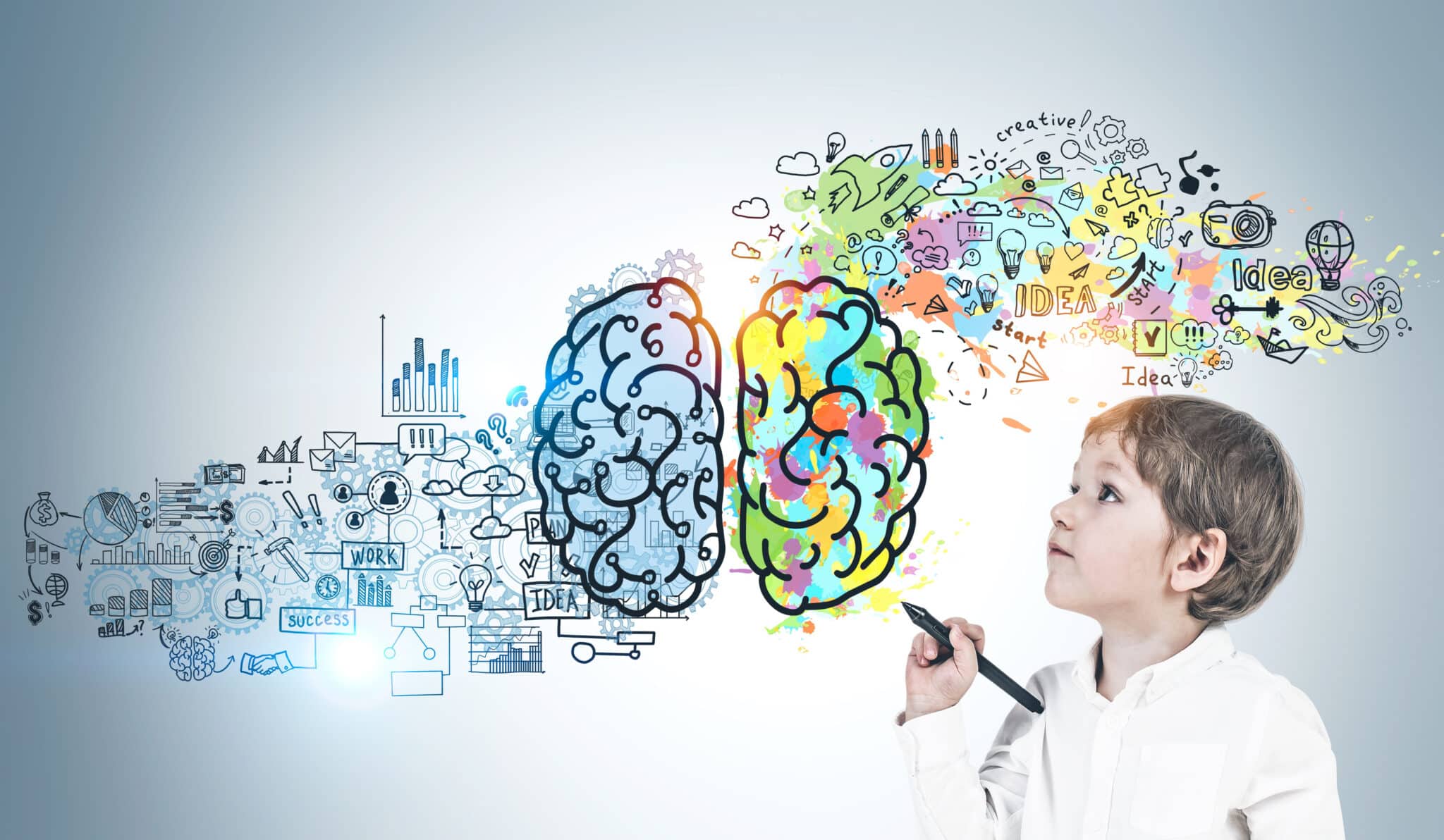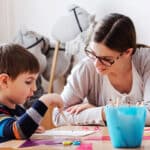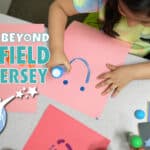What is the Theory of Mind in Children With Autism
Written By: Michelle E. Sisto, MS CCC-SLP TSSLD S

There are two children playing together, Ariella and Sienna. Ariella and Sienna are picking daisies and are putting them in their own baskets. Sienna finds a four leaf clover and puts it in her basket. Her mother then calls for her and she sets her basket down to go see her mother, who is out of view. In the meantime, Ariella takes the four leaf clover from Sienna’s basket and puts it in her pocket. When Sienna returns, where will she look for her clover?
Thinking of the above scenario, most individuals will agree that Sienna will look for her clover in her basket since that is where she last put it. Although Ariella took the clover, Sienna was out of view and does not have this knowledge. Autistic individuals will look at this scenario differently. They are likely to respond that Sienna will look in Ariella’s pocket since that is where Ariella put it. Since the autistic individuals know that Ariella took the clover, they will agree that Sienna has this knowledge too.
This scenario reflects the principle of Theory of Mind. Theory of Mind is a person’s ability to understand and take on another person’s mental state. Theory of Mind is seen as perspective taking, where a person understands that all people don’t have the same thoughts and emotions as each other. Typically, this social skill develops between the ages of 4 and 5, where children become less ego-centric and begin to think about how their peers and familiar adults are thinking and feeling. Theory of Mind is developed as children strengthen and gain more experience within social interactions with others.
For autistic children, the principle of Theory of Mind is a more complex concept that causes some difficulty for them within the complex social world. Autistic children have difficulty putting themselves into the perspective of someone else and demonstrate difficulty understanding that each person’s lived experience causes them to have different feelings and outlooks, as well as depending upon a person’s experiences they have different knowledge than others in certain situations. This is not to say that autistic individuals can not learn and develop Theory of Mind, but there are different strategies and activities that can be used to strengthen these skills when it is challenging.
Role playing and pretend play can be used to help children, specifically those with autism, theory of mind. During role play, children are taught to act out and consider the lived experiences and perspectives of others. Pretend play allows children to take on multiple perspectives during the play routine. Bring in dolls or small figures for your child to interact with. Present them with multiple made up scenarios that will help them think about perspectives that are different from their own. During role play and pretend scenarios, children can work through arguments, negotiations, and compromising, which are important social skills for adulthood. These interactions can help children work through different perspectives and opinions that are outside of their own thought process. It is also helpful to narrate the other person’s inner monologue for the child, during these play schemas, to help them fully understand multiple perspectives and thoughts, as well as the reasons for the differing points of view.
Similarly to role playing, books are a great resource to target theory of mind, as well. Books provide an external story, for the child to focus on, that removes them from their own thoughts and perspectives. While reading, stop and discuss with your child the different scenarios depicted in the story, as well as the different characters’ motives, thoughts, feelings, and perspectives. It is also helpful to discuss the “why” behind those feelings. This is a great opportunity for the child to be introduced to a single scenario with different characters having different feelings and thoughts than the child might have within the same scenario.
Another fun activity is to take turns hiding common items around the room.. Have your child close their eyes while you hide their favorite toys in different spots. Once the child opens their eyes, they must try and guess where the items are hidden. Take this opportunity to ask the child why they do not automatically know where the items are hidden. The short answer is, they didn’t see the item being hidden, therefore they have no accurate knowledge of where the item is. When discussing this, highlight that you know where the item is, since you saw the item being hidden. This is a great way to really bring to light that all people have different knowledge and sometimes, lacking knowledge, impacts someone’s thoughts, feelings, or perspectives.
Theory of mind is an important social skill to possess, especially as one gets older. Although some children naturally develop this skill, that does not mean that the children who do not, will never learn it. As with all skills, some take more time to develop, and by using fun and interactive activities, children will have fun and learn these important skills that will benefit them for a lifetime.
Date Posted:
January 11, 2023
Share this blog
Categories
Recent Blog Posts








